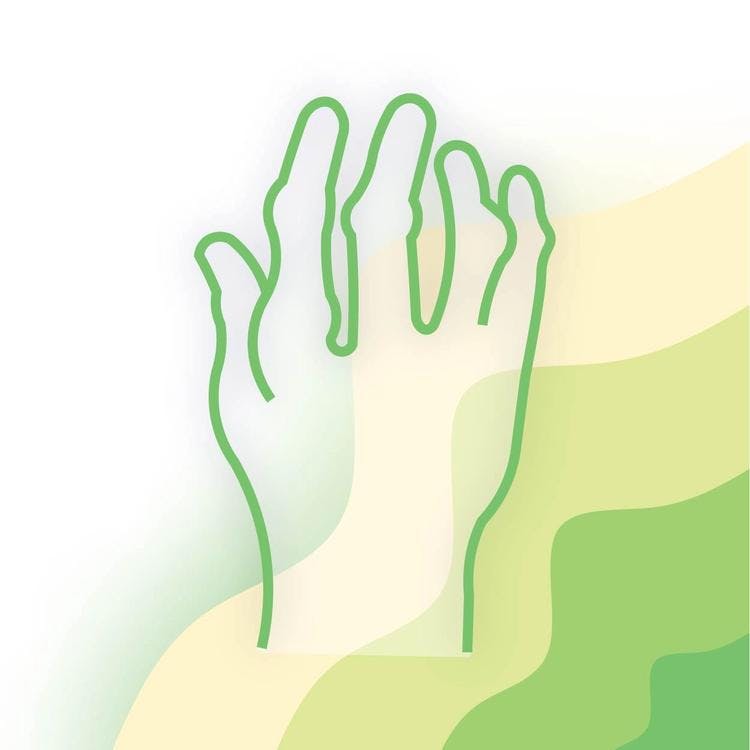What is Rheumatoid Arthritis (RA)
Rheumatoid arthritis is an auto-immune disease which mainly affects the joints of the body. An auto-immune disease means that the body’s natural defence system – the immune system – is mistakenly attacking itself. It is not clearly understood why this happens.
In Rheumatoid Arthritis, these attacks cause chronic inflammation. Overtime, the chronic inflammation causes damage to the surrounding area. While Rheumatoid arthritis mainly affects joints, it can also affect other parts of the body too – we will discuss this further down in this booklet.
What causes Rheumatoid Arthritis?
It is not fully known what causes rheumatoid arthritis, but it is believed to be related to more than just one factor as well as a combination of genetic and environmental influences.
Some of the known risk factors for rheumatoid arthritis include:
- Being over the age of 50
- Being female
- Smoking
- Having a family member who has or had rheumatoid arthritis
Symptoms
Rheumatoid arthritis may develop slowly over time and it often gets worse the longer you have lived with the disease. For example, it could start in one joint and over time many joints may be involved.
The most classic feature of Rheumatoid Arthritis is joint pain and stiffness which is caused by the inflammation of that joint. The stiffness is usually described as being worse in the morning and lasting more than half an hour. The joints may also feel like they are more difficult to move or have lost some strength because of the inflammation.
Those with Rheumatoid arthritis commonly experience tiredness or a general feeling of fatigue which may last several hours. Rheumatoid arthritis may also affect other organs like the eyes, lungs, heart, blood vessels, spleen, kidney, nervous system.
Which joints are typically affected
Joints which are affected may be red, warm, painful and stiff to move. Typically, Rheumatoid arthritis starts in the small joints in your hands and feet and then with time they spread to other joints like your wrist, elbow, shoulder, neck, hips, knees and ankles. Rheumatoid arthritis is usually present on both sides of your body.
Diagnosis
To diagnose Rheumatoid Arthritis your doctor will need to test your blood for signs of inflammation and signs of the disease. Fluid may be drawn from your joints which will also be tested. X-rays may be taken to help see the damage from the disease.
Treatment and Management
Treatment for Rheumatoid arthritis is aimed at reducing the inflammation. Reducing inflammation will help to reduce the symptoms and prevent further harm to the body. Your doctor will inform you which medications are right for you. Commonly, doctors will prescribe pain relieving medication along with a type of drug(s) called DMARDs - Disease Modifying Anti-Rheumatic Drugs (such as Methotrexate). Steroids may also be used especially during disease flare-ups.
Exercise, Physiotherapy and Occupational therapy are also very beneficial to prevent loss of range of movement in your joints and alleviate symptoms.
Sometimes surgery is done to replace the joint if the disease is severe.
